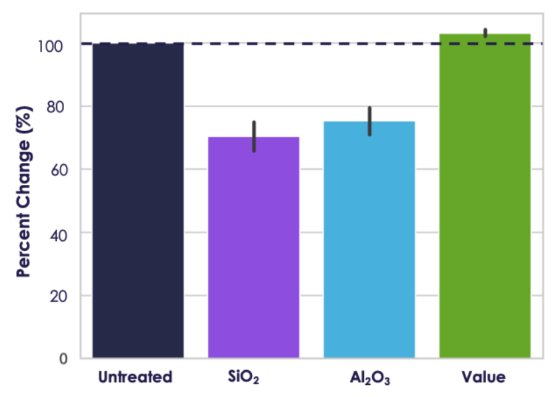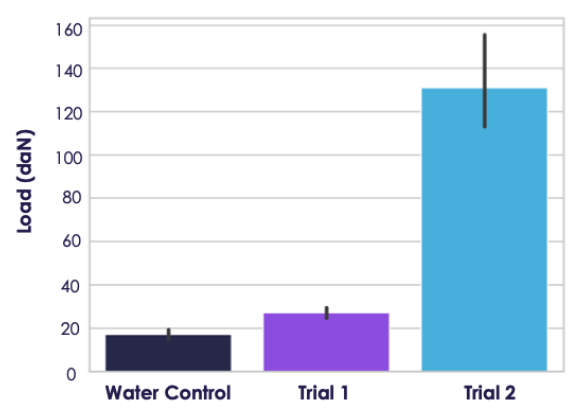Author: Dan Stigers, VP of Business Development, Mining
The mining industry increasingly seeks to adopt sustainable approaches and shift towards a low-carbon future. Traditional methods have limitations in addressing environmental concerns. However, a new frontier emerges with the utilization of biological processes, offering innovative and environmentally friendly solutions. At Allonnia, we are at the forefront of harnessing microbial potential to revolutionize mining technologies.
Exploring Microbial Diversity
While the geochemical environment of mining sites is well understood, the microbial community, or microbiome, remains largely unexplored. We have embarked on a journey to characterize the microbiome in mineral-rich environments worldwide. Through extensive sampling, see figure 1, we have identified hundreds of bacterial and fungal species found on site, many of which exhibit unique chemical transformations.
We are DNA sequencing these samples to uncover the genetic potential within these microbial communities, and in order to develop new, innovative, sustainable mining practices.

Figure 1. Bacteria and Fungi Isolated from Mining Sites around the World.
Harnessing Microbial Processes
Our mission at Allonnia is to leverage both known and novel biological processes to address the environmental challenges faced by the mining industry. Two key areas where microbial processes can play a significant role are the solubilization of gangue and the controlled agglomeration of particles using biologically-generated cement.
Bio-Solubilization
Traditional mining methods often rely on grinding and known separation technologies for mineral recovery. However, we are exploring the use of bio-solvents derived from microbes to selectively solubilize gangue minerals from ores. These bio-solvents offer several advantages over conventional mineral acids, including lower environmental impact and the potential for recovery through less costly methods. Our experiments have shown promising results, see figure 2, with significant removal of gangue minerals such as alumina and silica, leading to improved metal grade.

Figure 2. Gangue Removal from Ore using Biosolvent.
Beneficiation of 4 ore materials showed significant removal of SiO2 and Al2O3 and an increase in the value metal after just 2 hours of treatment and with only a single contact.
Bio-Cementation
Microbially-induced carbonate precipitation (MICP) offers a sustainable alternative for soil stabilization and erosion control. We are developing microbial approaches for agglomerating and controlling the strength of mining materials, including ore stockpiles and tailings, see figure 3 that depicts the increase in load strength versus water control. By harnessing the enzymatic and microbial capabilities present in our biobank, we aim to create economic, sustainable, and environmentally friendly bio-cement formulations.

Figure 3. Tunability of the Unconfined Compressive Strength of the Mining Material.
By varying the treatment conditions but using the same enzymatic formulation, the unconfined compressive strength was altered to fit different application requirements. Data are averages of samples for each treatment.
Results and Future Directions
Our research has demonstrated the effectiveness of bio-solvents in selectively removing gangue minerals from both ores and tailings. Additionally, our experiments with bio-cementation have shown significant increases in material strength, paving the way for applications in stockpile protection, dust control, and tailings stabilization. Moving forward, we are continuing to refine our methods and explore new avenues for harnessing biology’s potential in mining.
Conclusion
The exploration of microbial processes in mining represents a new frontier in sustainable technology. We are committed to unlocking the vast potential of biology to address the environmental challenges faced by the mining industry. Through our research and experimentation, we aim to pioneer innovative and environmentally responsible solutions that pave the way for a more sustainable future.
To learn more about our research and development into sustainable mining solutions, please download our whitepaper on Unlocking Microbial Potential To Develop Innovative And Environmentally Responsible Technologies for Sustainable Mining.